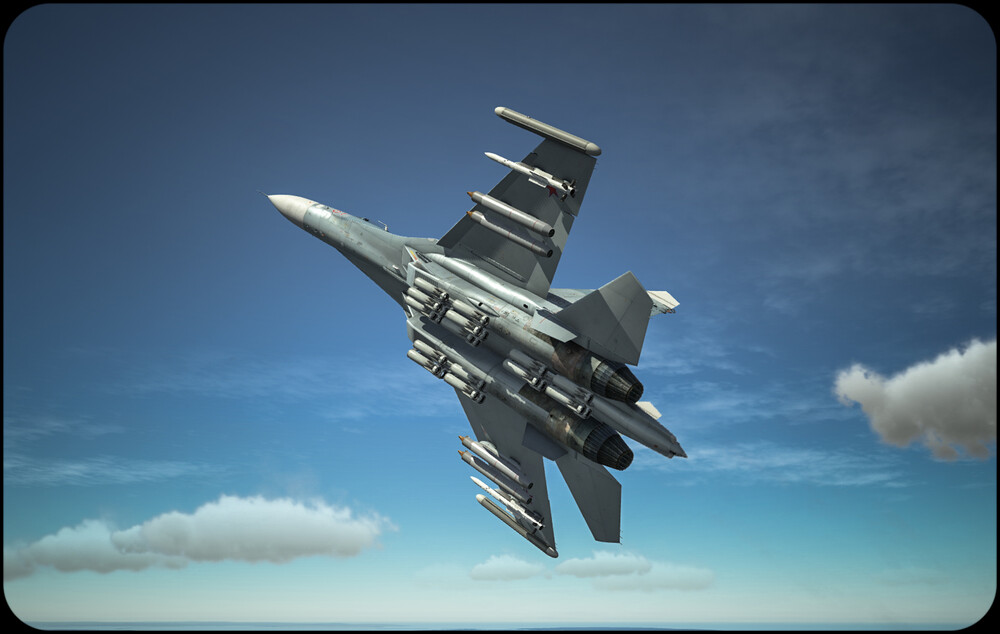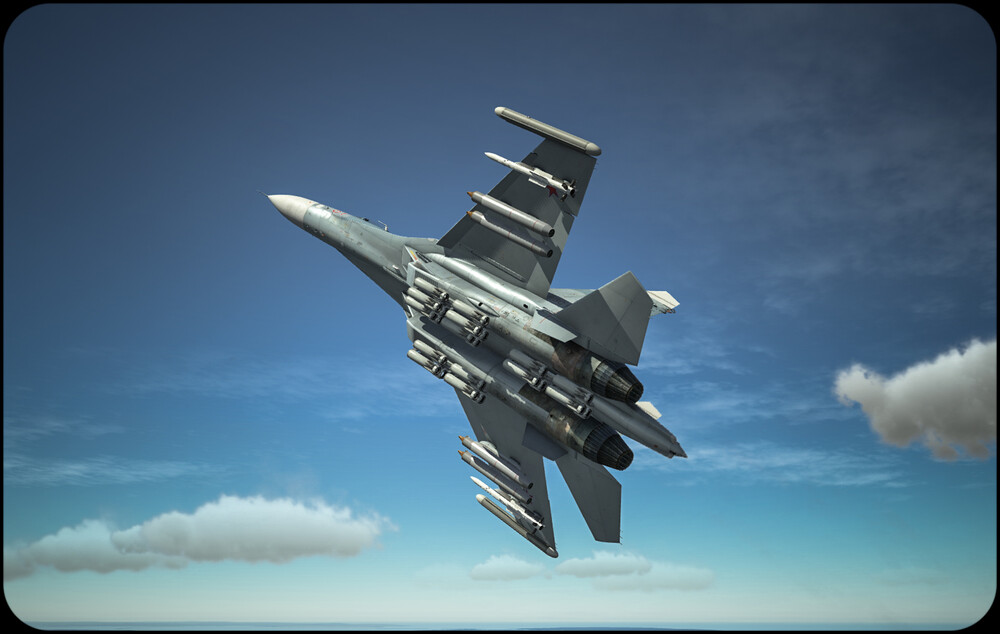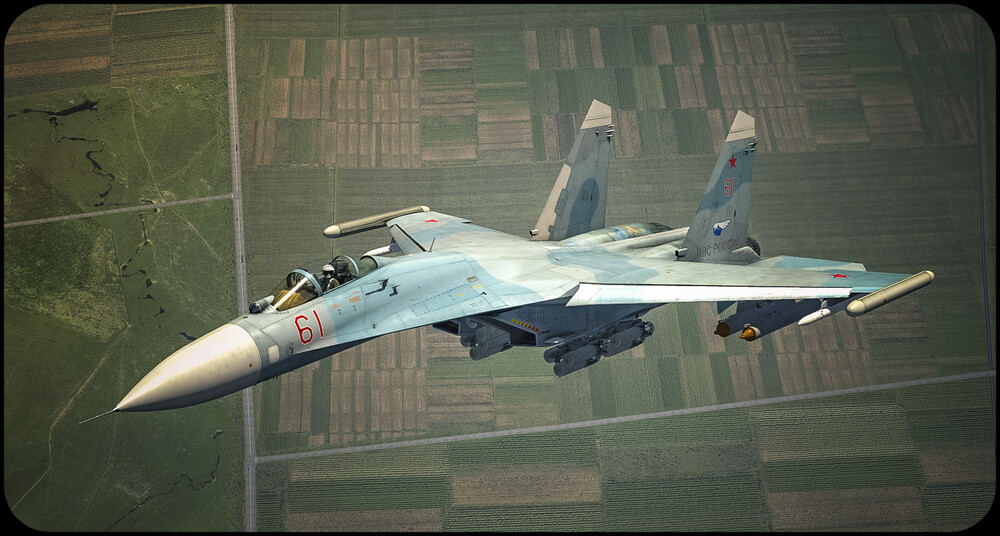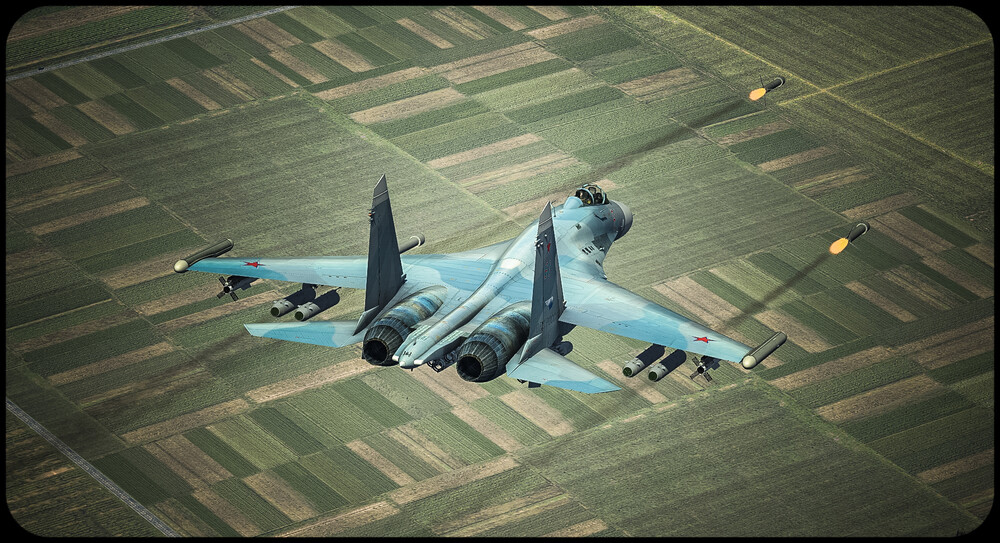

Allesmor Obranna
Members-
Posts
112 -
Joined
-
Last visited
Recent Profile Visitors
The recent visitors block is disabled and is not being shown to other users.
-
The 9.15 MiG-29M was planned to replaces all the former Su-17M4 and MiG-27M regiments step by step in the mid-90's. The first group of pilots was chosen and sent to Lipetsk for the transition, the transition platform was a squadron of 9.13 MiG-29, painted with the greenland camo. All of those 9.13s were new one, because of that, at that time, all single seater East Germany NVA MiG-29 9.12A and all czechoslovak AF MiG-29 9.12A was painted to that camo. It was in around 1989-90. However, no any 9.15 built in serial production, because in 1991, the Sovietunion collapsed. However, the first public appearance of the 9.15 was in the West, 1992 Farnborough, later in this year in Moscow, Mosaeroshow, Zhukovsky and even in the Le Bourget 1993. But in december 1993, when the new goevrment re-calculated the military budget, all MiG project (MiG-29M, MiG-29K, MiG-31M, Buran shuttle) was cancelled, mostly by the underminding work of Mihail Simonov, who was the committe member and the chief designer of the OKB Sukhoi in the same time. Unfortunatelly, all of the airplanes above, the MiG-29M for the air force and the export market, the MiG-29K for the Kuznetsov true capabilites, and the MiG-31M for the PVO would be a great success.
-
The P&W F100 series engines have the pneumatic nozzle actuator, that's why that distinctive nozzle sound. The GE F110 series, the F404, F414, The french engines, or the soviet-russian designs have hydraulic nozzle actuators, so their operation noise is way quieter. So as the P&W F119 or F135. That unique nozzle sound is only the F100 family's speciality. This is the Convergent Exhaust Nozzle Control (CENC), which drives the nozzle through bleed-air from the 13th compressor stage.
-
First of all, let's see this Japanese F-15s at dynamic high AoA maneuvering: Back to the "nice airshow BTW" footages, the sustained low speed - high AoA flyby by the F-15E was at 32 degrees, not 25. Based on this article about the KEEP EAGLE program, the F-15E has exactly same AoA limitiations, as the F-15A-D fleet has, but with a better handling characteristic. More capable spin preventation and departure control, than the normal Eagle had formerly. https://books.google.hu/books?id=F9hnha2ESfMC&pg=RA5-PA16&lpg=RA5-PA16&dq=f-15e+strike+eagle+high+angle+of+attack&source=bl&ots=yHVVUw__wK&sig=ACfU3U0eMw1k5ElDYoIX2oDd84CVK9LV7g&hl=hu&sa=X&ved=2ahUKEwj_qpP3gdH5AhU3YPEDHTCjDos4PBDoAXoECAMQAw#v=onepage&q=f-15e strike eagle high angle of attack&f=false Page 183: " KEEP EAGLE found that the F- 15E now exhibits " excel lent flying qualities above 30 AOA ...better than the F-15A/ B / C/D at high AOA.” In fact, during KEEP EAGLE testing, not a single unintentional depar ture / spin was encountered at high AOA . The bottom line for Strike Eagle drivers is that the F-15E is more departure / spin resistant than the F - 15A- D at high AOA. Also, if departure / spin occurs, the Strike Eagle will exhibit good spin recovery characteristics in both air- to - air and air-to-ground configurations — even when asymmetrically configured with asymmetries in excess of 8,000 foot-pounds. The F- 15E still shares some low angle of attack departure characteristics with the F-15A-D family." "Unlike the F - 15A - D , the F - 15E does NOT experience ... a region of reduced directional stability around 37-44 CPU " "Hopefully, you've gained some insight into the handling characteristics unique to the F-15E. While the Strike Eagle exhibits some better handling qualities at high AOA than the F- 15A-D, it still shares some of the low AOA departure characteristics with the rest of the Eagle family."
-
Yes, but actually no. There is no significant AoA losses. (On this video, there is no CFT at all by the way )
-
The F-15E has actually a better low speed/high alpha capability, than the C/D models. It has a re-defined flight control system and an improved handling characteristic. But this advantage on the C model is only available without the CFTs -> which is not the normal operational setup for the E. Loop is closed. By the way, the more heavier EX model is even more capable, even with CFTs, due to the digital fly by wire system. Boeing’s F-15 Chief Test Pilot Matt “Phat” Giese: “When that was done — not surprisingly — we had extra gas because that's another big advantage of this platform, the fuel capacity with the CFTs. With that extra gas, Mike Quintini and I decided we deserved a little high alpha maneuvering for our efforts.” Giese says they demonstrated “tailslides and other advanced control and handling maneuvers just to show that this thing is a really good slow-speed fighter in addition to a high-speed fighter.” Actually, the tailslide is not an impossible magic trick fro the F-15 Eagle airframe/engine combo, since the very first F-15A test program also included this kind of maneuvering. But the problem is is attitude to the flat spin and especially the inverted flat spin, which - actually both of them - could be unrecoverable situation. It seems the EX is much safer in this case.
-
Honestly, for me, the DCS is/was always a high fidelity military flight/air show/maneuvering simulator and really not a combat simulator thing. Especially due to the lack of accuracy in the weapon/avionics/radar and air combat/MI question. Since even the explosion and weapon effects are highly inaccurate, while the radars and other really important avionics (for example EW) are not so real, the only real fun is to simulate the flying characteristic as much is it possible. From this point of view, the raw airplane option would be the best. Dropping a PGM or launching an AMRAAM, while I know, the radar mode is just far from even the "kind of", not so interesting. However, to see, how we repeat from the armchair a typical flat spin attitude of the F-14, or a high AoA departure attitude of the F-15... this is what I really looking for. We are not the same.
-
Since RAZBAM clearly stated that the CFTs will not be able to remove, we should see, how capable is the F-15E without them, from maneuvering prospective. In the mid-90's, there was a proposal for the F-15F, the single seater E modification, with the Dash229 engines, modified engine bays, stronger airframe, modified flight control system twin seater canopy - but with a single cockpit and seat. It was a dedicated A2A platform which was able to use the potential of the much more capable Strike Eagle. It was mostly offered for the Royal Saudi Air Force, but also mentioned as a after-2000 European combat aircraft. It remained as a proposal, but after 2000, for the foreign customers, the demonstartion flights included the slow speed, high AoA maneuvering - without the CFTs. The key person in this project was the chief test pilot of the Boeing (after the transition/aquistion of the McDD) Joe Felock, who built up a complete, series of high AoA demo sequence, such as the Hornet-related square loop. He flew the plane alone and right from the start, he managed a vertical double Immelman to demonstrate the exceptionel thrust to weight ratio of the CFT-free Strike Eagle airframe. Due to the lack of drag, the plane has not just huge raw energy potential, but a very high acceleration as well. Even with the huge wing pylons, because back then, the station 1-9 was not an option, so the Smokewinders was on the huge wing hardpoint. Here is Joe Felock's demo flights: Regarding to this, the "dedicated to air combat" F-15C is just a dumb muscle car, rather than a sophisticated F-15E. The point is: the USAF simply just never ever use the Strike Eagle in air combat role, however, it is far more capable either in dogfight, or in BVR. Later, the Israeli Air Force also removed the CFTs for the F-15I Ra'am flight demonstartions: Singapore also use the F-15SG (with the F110GE129C engines) without the CFTs for the flight demos and quite often for A2A practice as well: Finally, here is an USAF Strike Eagle (a later model from 1997), with the F100PW229 engines and without the CFTs. The airshow was in the main maintenace depot of USAF, at Robins AFB, so the surprise factor was this engine test flight integrated to the show: From simulation standpoint the lack of CFTs either would be nice, or inaccurate, but it is really up to the developers demand.
-

Camera jiggle LShift+J does not work
Allesmor Obranna posted a topic in Controller & Assignment Bugs
Actually two different keyboard mapping issue. Camera jiggle LShift+J does not work. Additionally, LCtrl+R just releases the fuel probe, but does not remove it. It removed by itself, after a few minutes. It seems an error. -
The only issue is, the 12 hardpoints are still there. The Su-33 has no 12 hardpoints, only 10, as the normal Su-27 has. Same as the hardpoint indicator instrument. Only 10 weapon store lamp pair are there. Not 12. The original few T-10K prototypes had 12 hardpoints (or pylons), but the production models finally did not get this modification.
-

[RESOLVED]Game crash since last patch
Allesmor Obranna replied to Allesmor Obranna's topic in Game Crash
Full, clear uninstall and re-install of the nvidia driver helped me. Thanks. -

[RESOLVED]Game crash since last patch
Allesmor Obranna replied to Allesmor Obranna's topic in Game Crash
The first issue occured with the previous driver, while the current issues occur with the very latest one.








